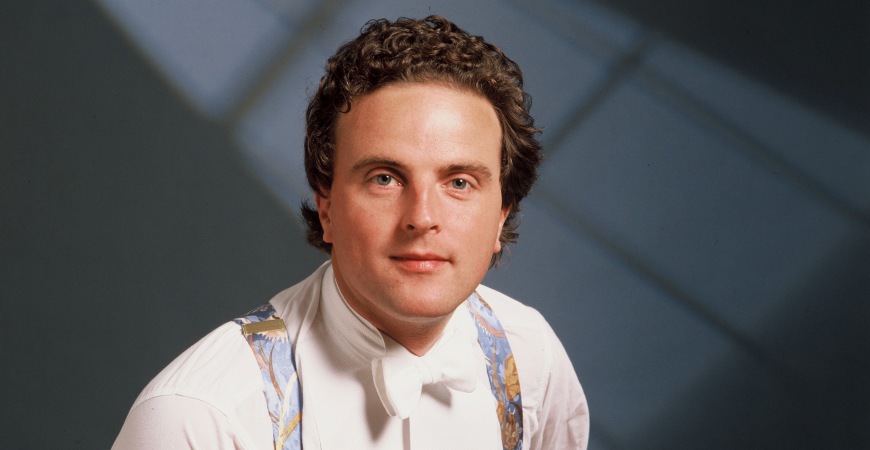The Countertenor
These days we are lucky to have an abundance of incredible countertenors, but Michael Chance is totally unique in the English Baroque vocal repertoire. On 21 October he will sing in Liszt Academy’s Solti Hall an exclusive song programme with works by Dowland, Byrd and Schubert, and accompanied by Maggie Cole.
Audiences a few decades ago found them unpalatable because their voices were so unusual, perhaps even abnormal, yet today they are ranked among the most popular of singers, and many of them are genuine stars. Countertenors, who at one time could only find service in cathedral choirs, now receive warm and enthusiastic welcomes on opera stages the world over, entrancing today’s audiences with the peculiar quality of their voices, just as castrati swept opera enthusiasts off their feet in the 17th and 18th centuries. There has been a renaissance in soprano roles originally written for male voices, which can now once again be heard being sung by men.
According to tradition, countertenors (male singers vocalizing using a falsetto technique) played an important role in the music life of English cathedrals from the Renaissance onwards, and this tradition spread from there to the continent. While it is true that men singing in a higher vocal range were important in English ensembles, it would be incorrect to assume that they were not present in the cathedral choirs of other major cities in Europe in earlier centuries. At the same time, however, it is certain that England has played a key role in the rediscovery and popularisation of the countertenor in the 20th century, something that would have been impossible without Alfred Deller (1912–1979), who started his career as a vocalist at Canterbury Cathedral. It is thanks to Deller that increasing numbers of artists performed as countertenor soloists, primarily in church and concert hall programmes from the 1950–60s onwards. That they made appearances on the opera stage only later, in the 1970–80s, is due in part to the fact that Deller himself was by no means suited for acting roles. Later generations of countertenors were not so reluctant about donning costume for stage productions. The Grammy-winning Michael Chance, who is also British, stands out in this respect as regards his acting capabilities, musicality and vocal skills.

A graduate of King’s College, Cambridge, Michael Chance is as devoted to the interpretation of contemporary works as he is to early music, and in this he is no different from his great predecessor Deller, who worked intensively with composer Michael Tippett. The breadth of the countertenor vocal range is illustrated in the concert by Chance in the Liszt Academy in October. The singer, who maintains close relations with Sir John Eliot Gardiner, Ton Koopman and Trevor Pinnock, extends the Baroque repertoire in two directions: aside from Schubert, Renaissance works by William Byrd and John Dowland dominate the programme. Maggie Cole, one of the most versatile performers of early and new keyboard instruments, comes to the Liszt Academy as the partner of the countertenor. She not only plays the harpsichord but can also be heard on the piano in the Schubert songs. Maggie Cole selects her chamber partners (including Steven Isserlis, Kati Debretzeni and Catherine Mackintosh) with just as much care as the works in her repertoire, which stretches from Bach and Haydn to Poulenc and Ligeti. The instrumentalist has similarly achieved a significant reputation for her programmes combining literature and music. In addition to regularly giving concerts and performing her teaching duties, she is active in social programmes, one example being a joint project with the Sarasa Chamber Ensemble in which they address juvenile offenders through music, poetry and improvisation.
Text by Anna Belinszky


